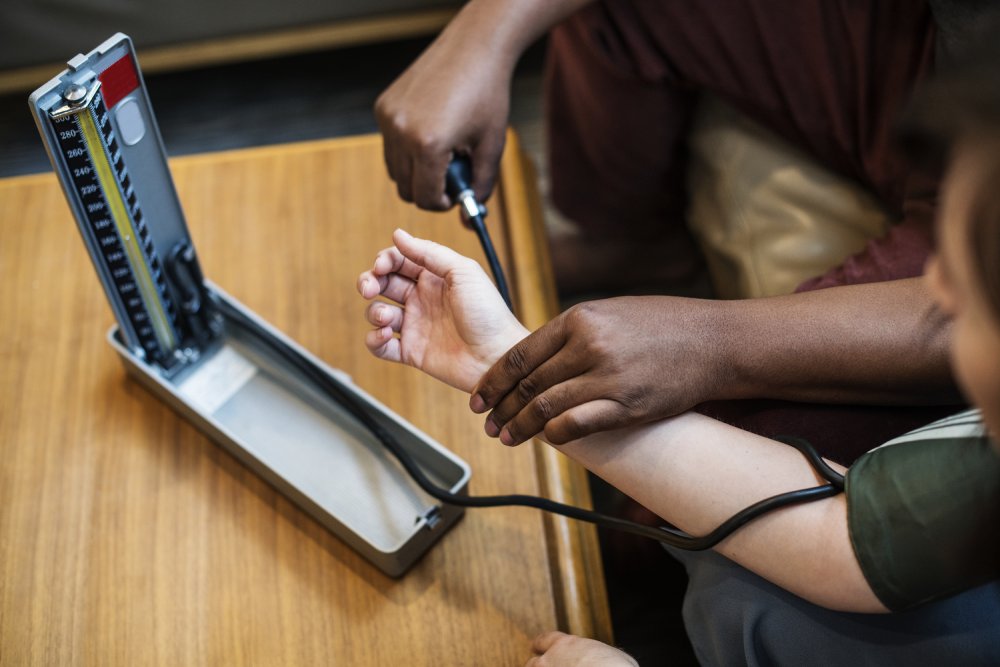Catching someone in a lie can be a complex task, requiring keen observation and analytical skills. Here are some methods and tips to help identify when someone may not be telling the truth:
1. Observe Non-Verbal Cues
Non-verbal cues can provide significant insights into whether someone is lying. Liars often exhibit signs of discomfort or nervousness. These can include avoiding eye contact, fidgeting, blinking frequently, or facing away from the person they are speaking to. Other signs might include touching their face, playing with their hair, or adjusting their clothing.
2. Analyze Verbal Patterns
Verbal cues are just as telling. Liars often use fewer first-person pronouns like “I” or “me” to psychologically distance themselves from the lie. Their stories might lack detail or have inconsistencies when repeated. They might also use complex sentences to sound more convincing, or pause frequently as they try to fabricate details.
3. Check for Emotional Incongruence
Emotional incongruence can reveal dishonesty. For example, if someone reports a sad event but smiles or fails to display appropriate sadness, it might indicate deceit. Additionally, timing and duration of emotional expressions can be off; genuine emotions tend to appear and fade smoothly, while feigned emotions might be abrupt and short-lived.
4. Ask Unexpected Questions
Changing the subject suddenly or asking questions that the liar hasn’t prepared for can lead to revealing hesitations or inconsistencies. Liars prepare answers to expected questions, but when asked something they haven’t anticipated, their responses may reveal deceit through inconsistencies or overly general answers.
5. Look for Microexpressions
Microexpressions are brief, involuntary facial expressions that show true emotions and are difficult to control. They can contradict the emotion someone is trying to convey, revealing a lie. Training oneself to spot these quick and often unnoticed expressions can be a powerful tool in lie detection.



